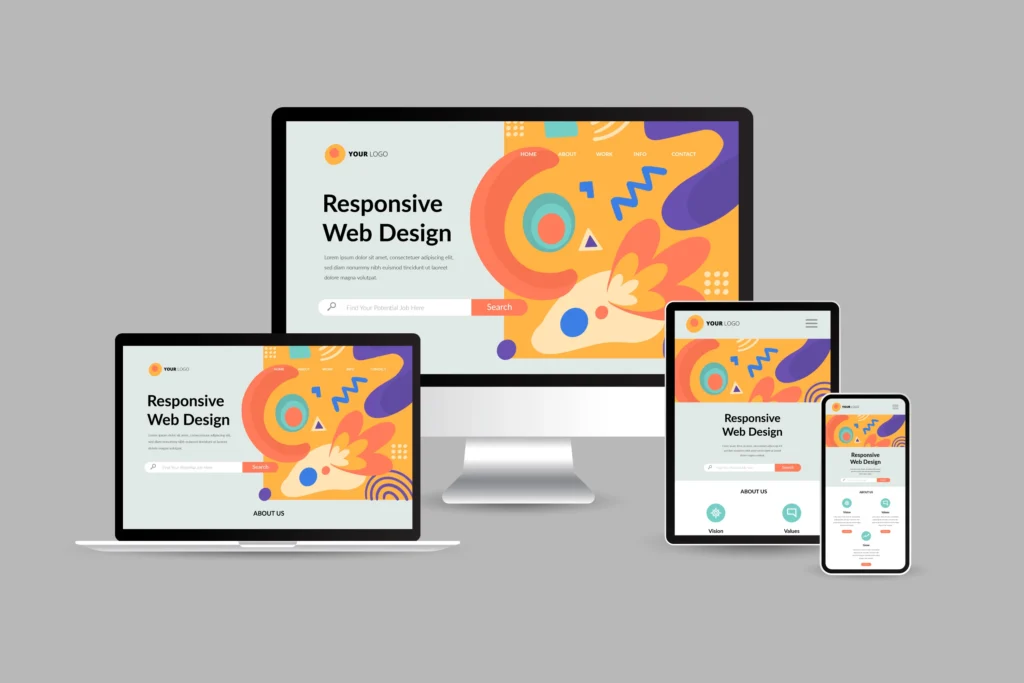Responsive Design: Why Mobile Compatibility is Essential

Responsive Design: Why Mobile Compatibility is Essential
In today’s digital world, having a website is only part of the equation. As people increasingly browse, shop, and search for information on mobile devices, it’s crucial that websites look and function perfectly on all screen sizes. This is where responsive design comes in, ensuring your site is mobile-friendly and provides a seamless user experience no matter the device.
What is Responsive Design?
Responsive design is a web development approach that enables your site to automatically adjust to the screen size, resolution, and orientation of the device it’s viewed on—be it a smartphone, tablet, laptop, or desktop. Instead of designing separate versions for each device, a responsive website uses flexible grids and images to adapt, giving users a consistent experience across devices.
Why is Mobile Compatibility So Important?
- User Experience
Today’s users expect a smooth, frustration-free browsing experience, regardless of whether they’re on a laptop or a mobile phone. If they can’t easily navigate or read content on your site, they’re likely to leave and not return. A mobile-friendly website ensures that content, images, and buttons are all appropriately sized and easy to interact with, creating a more enjoyable user experience. -
SEO Benefits
Google and other search engines prioritize mobile-friendly websites in search results. Since 2018, Google has used mobile-first indexing, meaning the mobile version of your website is the starting point for what’s indexed and ranked. So, a responsive design can help improve your search engine rankings, making it easier for potential customers to find you. -
Increased Reach and Engagement
Over half of global web traffic comes from mobile devices. By catering to mobile users, you’re reaching a wider audience and can significantly increase engagement. Responsive design helps you connect with on-the-go users, turning mobile visitors into potential customers. -
Future-Proofing
As technology evolves, so do screen sizes and device types. With a responsive design, you’re more adaptable to future changes, whether it’s a new smartphone, a tablet, or even wearable tech. Your site can continue to provide an optimal experience on whatever screen comes next. -
Improved Conversion Rates
When users can easily navigate your site, find what they’re looking for, and complete actions on their mobile devices, they’re far more likely to convert. Whether it’s making a purchase, filling out a form, or signing up for a newsletter, a responsive design reduces the friction in the user journey, encouraging conversions.
Key Elements of a Responsive Design
To make your site truly mobile-friendly, there are a few core elements you’ll want to include:
- Fluid Grids: Content should flow smoothly, adjusting to fit any screen size.
- Flexible Images: Images resize and scale with the screen to prevent them from overlapping or being cut off.
- Touch-Friendly Navigation: Buttons, links, and menus should be easy to tap with a finger, avoiding the frustration of trying to select tiny items on a phone screen.
- Optimized Typography: Fonts should adjust in size for readability on smaller screens without forcing users to zoom in.
Conclusion
In the era of mobile-first browsing, responsive design isn’t just a nice-to-have feature; it’s an essential component of any successful website. A mobile-compatible site keeps your users happy, boosts your search rankings, expands your reach, and increases your chances of converting visitors into customers. Embrace responsive design, and give your website the flexibility to look great and perform seamlessly on every screen.
